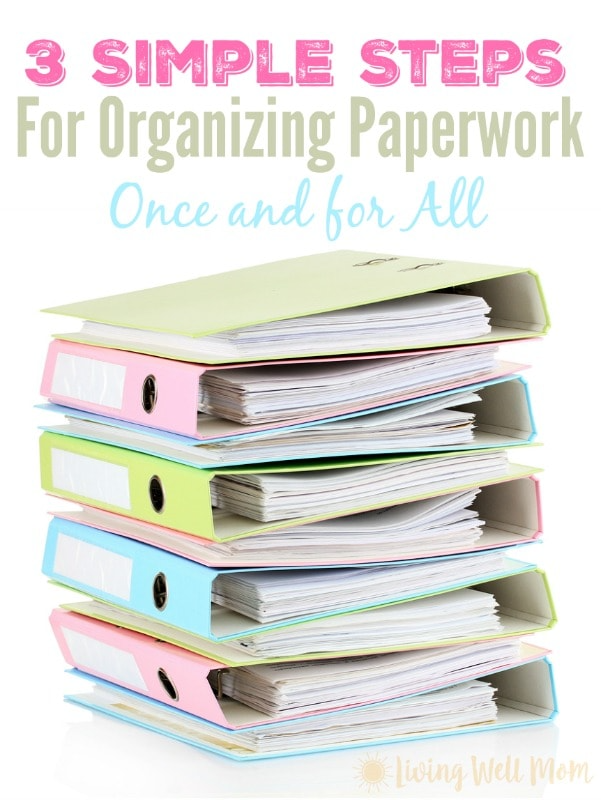5 Simple Steps to Teach Kids About Paperwork Earnings

Teaching children about money management and the value of earning from paperwork can instill a strong sense of financial responsibility from a young age. Here's how you can guide them through understanding the process of paperwork earnings:
Understanding What Paperwork Earnings Are

Start by explaining what paperwork earnings refer to. This could include:
- Income tax forms: Discuss how taxes are a part of adult responsibilities and how they contribute to society.
- Pay stubs: Explain what each section means - gross income, net income, deductions, etc.
- Financial statements: Introduce the concept of bank statements, credit card bills, and investment statements.
Embed an image showing an example of a simple pay stub to make it more tangible.

Step 1: Discuss the Concept of Earning Money

To begin, explain how:
- People earn money by providing services or selling products.
- The importance of work for earning income.
- Introduce simple jobs children can do for money, like chores or selling crafts.
💡 Note: Teaching kids to link effort with earnings helps them understand the value of money and hard work.
Step 2: Introduction to Paperwork

Next, delve into the paperwork that accompanies earnings:
- Explain different forms like W-2, 1099, or simple invoices.
- Discuss the importance of keeping financial records.
Create a simple chart to illustrate the different types of documents:
| Document Type | Purpose |
|---|---|
| W-2 | Tax reporting for wages paid |
| Invoice | Request for payment for goods/services |
| Pay Stub | Details of earnings and deductions |

Step 3: Creating Simple Paperwork

Engage kids in making their own simple financial documents:
- Design mock invoices for their lemonade stand or dog walking service.
- Create a “pay stub” for their allowance or small chores.
📌 Note: Using playful mock documents can make learning about paperwork fun and memorable.
Step 4: Understanding Taxes and Deductions

Introduce the concepts of:
- Taxes: Why we pay them and what they fund.
- Deductions: What’s taken out of earnings for things like Social Security, Medicare, and maybe even charity.
💰 Note: Explaining these at a basic level can help children understand why they might not receive all the money they earn.
Step 5: Application and Review

Finally, apply these concepts:
- Role-play scenarios where children earn money, receive paperwork, and make simple deductions.
- Have them set up a “business” at home to practice these skills.
By following these steps, you help children not only understand the paperwork involved in earning money but also instil a sense of responsibility and financial literacy.
Why is it important to teach kids about paperwork?

+
Teaching children about paperwork helps them understand financial responsibilities, prepares them for real-world scenarios, and promotes better financial decision-making later in life.
At what age should children start learning about earnings?

+
Ideally, children can begin to grasp basic concepts of money and earnings around the age of 6-7, with more complex understanding developing as they grow older.
What’s the best way to explain tax and deductions to a child?

+
Use simple language and analogies; for example, explain taxes as contributing to community services like parks or libraries, and deductions as paying for essential services like safety and health.



